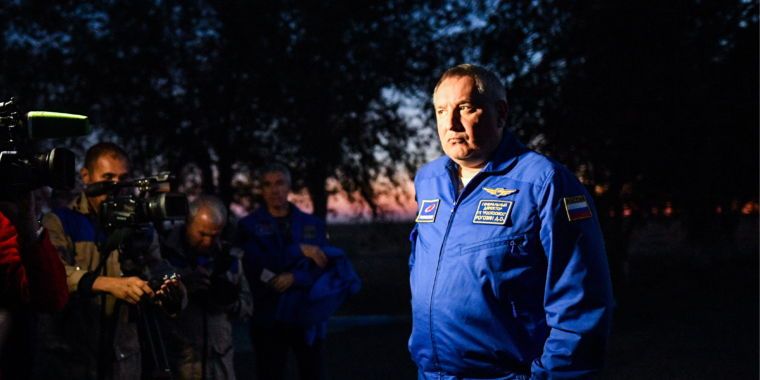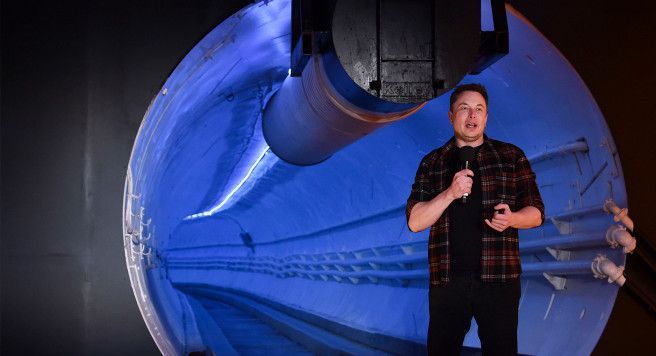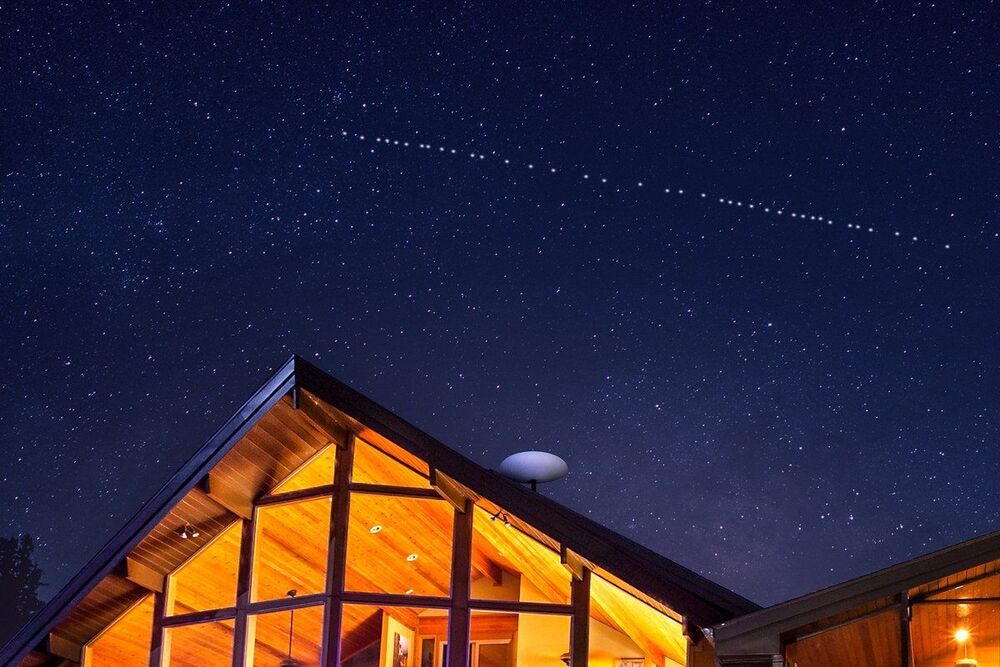We hear about EV battery breakthroughs all the time, but they don’t seem to pan out. Perhaps Tesla’s new lithium extraction method will be the exception.



After Sir Richard Branson’s spaceflight this weekend, the leader of Russia’s main space corporation, Roscosmos, offered some kind words about the achievement on Twitter. Dmitry Rogozin called the flight a “landmark” in terms of technology development and expanding the number of humans able to see Earth from space.
Then Rogozin went a step further, lamenting the fact that Russia’s “billionaire oligarchs” spend their money on yachts and vanity projects rather than the development of space technology and increasing humanity’s knowledge of space.
This is a notable comment from Rogozin, who in the past has been critical of one particular billionaire spending his money developing space technology: SpaceX founder Elon Musk. Among other remarks, Rogozin has said that NASA should not get too cocky about its newfound access to space in case SpaceX’s Crew Dragon vehicle “breaks.” He has also said that SpaceX is “gentle” for getting to work in the balmy conditions of South Texas, while Russian engineers and technicians work in the depths of Siberia during the winter.
How many rocket engines does it take to build a city on Mars?
SpaceX CEO Elon Musk wants to build a Mars city. Here’s how many engines his Starship will need to get there.

Meet ‘A Shortfall of Gravitas.’
The drone fleet used by SpaceX to catch falling rockets now has a third autonomous ship, whimsically called “A Shortfall of Gravitas.”
Founder Elon Musk unveiled the newest floating rocket landing pad on Twitter Friday (July 9) along with a dramatic video from a flying drone circling the ship.
“Go forth and conquer,” actor Kate Winslet says.
SpaceX’s Elon Musk is among the high-profile people celebrating Branson’s preparations for space.
Tesla began sending out over-the-air software updates for its long-awaited “Full Self-Driving” beta version 9, the definitely-not-autonomous-but-certainly-advanced driver assist system.
As promised by Elon Musk, the software update (2021.4.18.12) began uploading after midnight on Friday, giving thousands of Tesla owners who have purchased the FSD option access to the feature, which enables drivers to use many of Autopilot’s advanced driver-assist features on local, non-highway streets.
A Dangerous AI and Robot Dance, with Elon Musk, Tom Scott & Pissbot (aka Boston Dynamics’ Spot).
We’re new to youtube, so comments and subs are really helpful.
Tom Scott’s video about grocery store robots: https://youtu.be/ssZ_8cqfBlE
Michael Reeves teaches Boston Dynamics’ robot dog spot to pee beer: https://youtu.be/tqsy9Wtr1qE
Microscopic robots, Itai Cohen, Cornell University: https://youtu.be/Wl6uw8dRrPA
Robot chair dance, Mattias Lindström (Swebounce): https://youtu.be/m7NxnPbOZFE
When asked if Tesla is a threat to the oil and gas industry, he said he didn’t really think so. Then he paused, thought a bit, and added “Yet.”

Elon Musk is boring his way to the beach in Fort Lauderdale.
Local lawmakers accepted a proposal from Musk’s Boring Co. Tuesday to build an underground transit system that would whisk people from the Florida city’s downtown area to the beach in Teslas.
“Other firms have 45 days to submit competing proposals. This could be a truly innovative way to reduce traffic congestion,” Mayor Dean Trantalis wrote on Twitter.

Featured Image Source: netvault.net.au.
SpaceX founder Elon Musk recently shared that the company is already providing Starlink Beta broadband internet service to over 69420 users globally out of over half-a-million customers who pre-ordered the internet service via Starlink.com. According to SpaceX President Gwynne Shotwell, the Starlink constellation is currently actively beaming its signal to users in 11 countries (now 12), including portions of the United States, Canada, United Kingdom, Germany, Belgium, France, Austria, Netherlands, Australia, and New Zealand. More European countries and regions in the United States will have coverage during the second half of 2021 and early 2022.
This week, SpaceX e-mailed potential customers in the European country of Denmark –“Starlink is now available in limited supply in Denmark!” the e-mail reads. “Users can expect to see data speeds vary from 50Mb/s to 150Mb/s [megabits per second] over the next several months as we enhance the Starlink system. There will also be brief periods of no connectivity at all,” SpaceX wrote in the e-mail. “As we launch more satellites, install more ground stations and improve our networking software, data speed, latency and uptime will improve dramatically.” To date, SpaceX has launched approximately 1740 internet-beaming Starlink satellites out of over 12000 that will be part of the global broadband constellation.